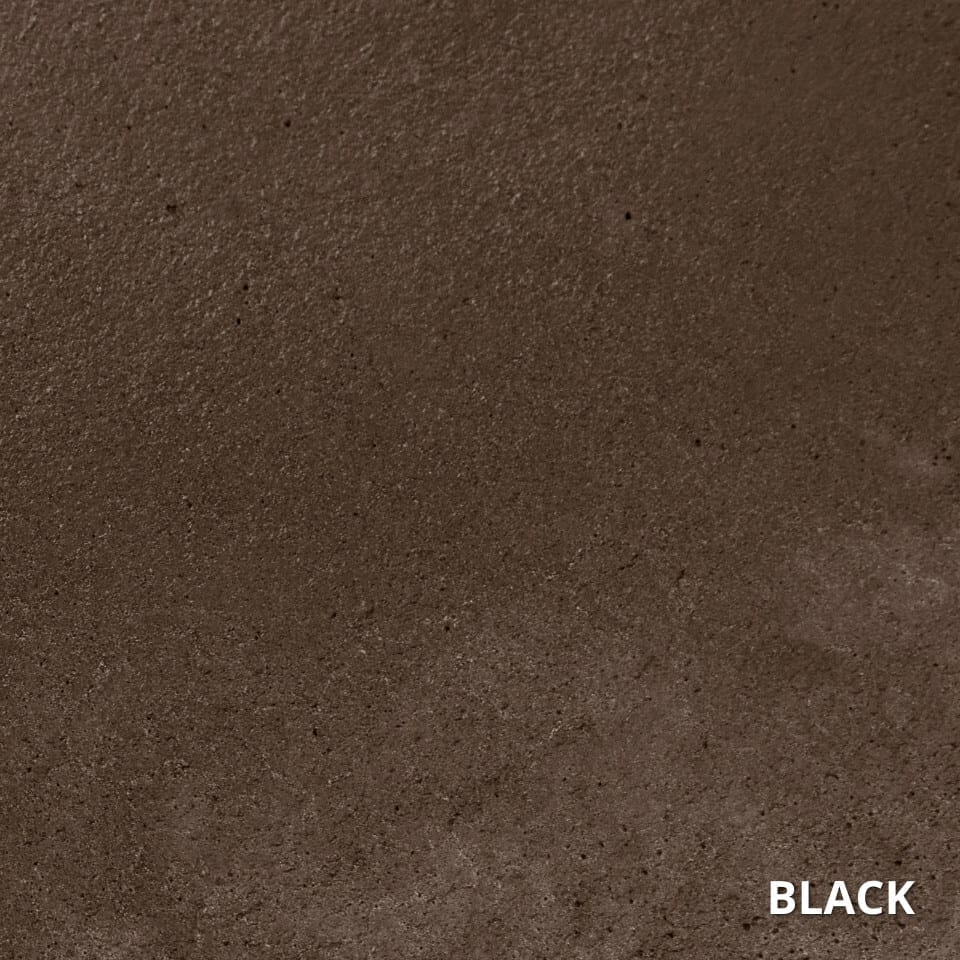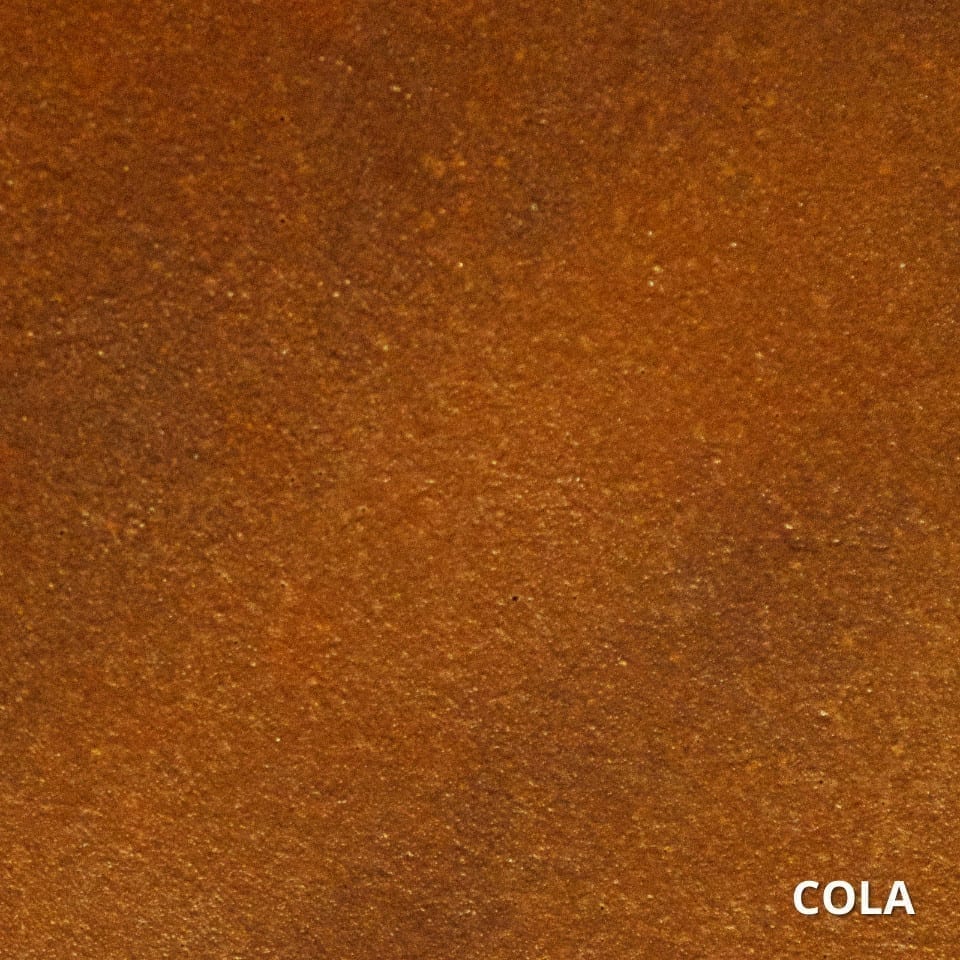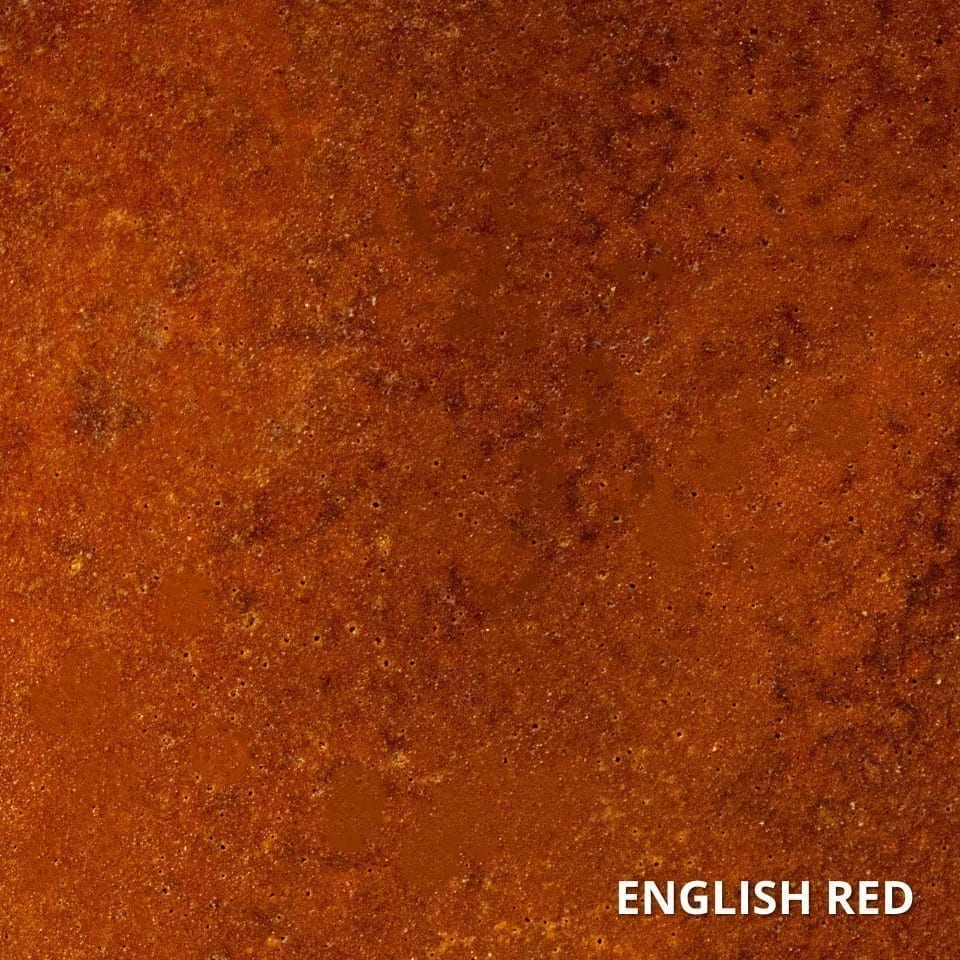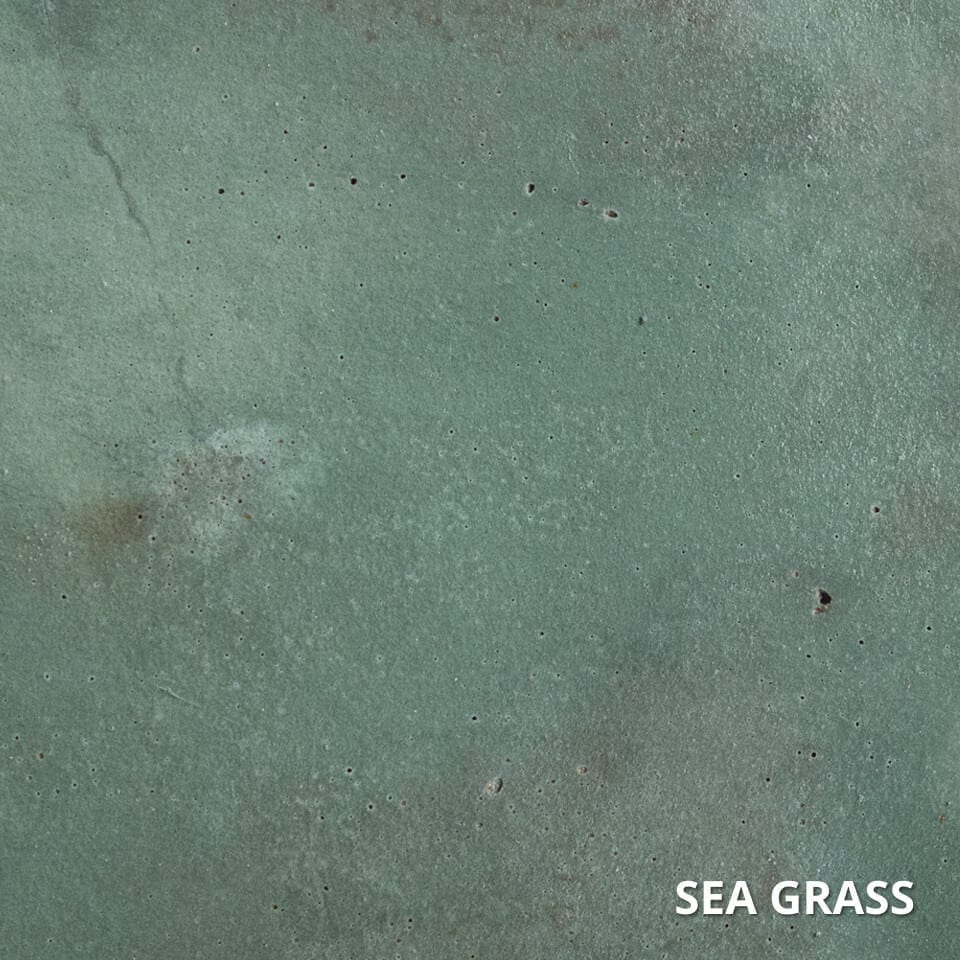Concrete Acid Stain Activation Times: How Long To Wait For Best Results
To achieve the best color results with your acid stain project, it’s important to pay attention to the activation times before applying the stain. Different colors have different activation ranges, and the final appearance of the stain can change dramatically as it dries and reacts with the concrete. As the stain works its magic, a residue of alkali and minerals may form on the surface – this is a normal part of the process.
Get the best results from your acid stain project by following the minimum activation times listed in the table below. These times are specific to the Direct Colors acid stain colors and should be used as a guideline for achieving the desired color and finish. Keep in mind that these are minimum times, and you can leave the stain on for longer if desired.
Understanding acid stain activation times is crucial to achieving best results and final colors. Each color has its own activation time range. Each piece of concrete is compositionally unique. The final appearance, depth, and vibrancy of your acid stain colors can change dramatically given different activation times.
Acid stains trigger a chemical reaction with the specific minerals in your concrete, permanently altering its color. Each acid stain color reacts, deepens, and dries just a little differently. The result is a rich, variegated color transformation with a distinct and permanent finish. Following these activation times is essential for ensuring a fully developed, desired color.
The tabs below will help you find the best activation times, color by color. Make sure to adhere to each stain’s minimum activation times for the best results. These are guidelines and specific to EverStain acid stain treatments.
Acid staining transforms concrete into a permanent masterpiece. It’s the most durable, resilient, and longest-lasting way to color and finish concrete. When you’re ready to acid stain your concrete, Direct Colors is here for you.
First Appearance of Color: Greenish Brown
Final Appearance: Bluish Green with Brown Accents
Minimum Activation Time: 4-6 Hours
Maximum Activation Time: 12 Hours
Photo Gallery: Avocado Images
First Appearance of Color: Light Blue
Final Appearance: Medium Blue
Minimum Activation Time: 4-6 Hours
Maximum Activation Time: 12 Hours
Photo Gallery: Azure Blue Images
First Appearance of Color: Dark Brown
Final Appearance: Black
Minimum Activation Time: 4-6 Hours
Maximum Activation Time: 12 Hours for Darkest Black Color
Photo Gallery: Black Photo Images
First Appearance of Color: Greenish Brown
Final Appearance: Medium to Dark Brown
Photo Gallery: Coffee Brown Images
Maximum Activation Time: 12 Hours
Minimum Activation Time: 4-6 Hours
First Appearance of Color: Greenish Brown
Final Appearance: Reddish Brown with Warm Orange Tones
Minimum Activation Time: 4-6 Hours
Maximum Activation Time: 12 Hours
Photo Gallery: Cola Image Images
First Appearance of Color: Greenish Brown
Final Appearance: Straw Color with Warm Orange Tones
Minimum Activation Time: 8 Hours
Photo Gallery: Desert Amber Image Gallery
Maximum Activation Time: 12 Hours
First Appearance of Color: Greenish Brown
Final Appearance: Reddish Brown
Photo Gallery: English Red Image Gallery
Maximum Activation Time: 12 Hours
Minimum Activation Time: 4-6 Hours
First Appearance of Color: Greenish Brown
Final Appearance: Golden Tan with Warm Orange Tones
Minimum Activation Time: 8 Hours
Maximum Activation Time: 12 Hours
Photo Gallery: Malayan Buff Image Gallery
First Appearance of Color: Greenish Brown
Photo Gallery: Sea Grass Image Gallery
Maximum Activation Time: 12 Hours
Minimum Activation Time: 4-6 Hours
Final Appearance: Sea Foam with Dark Brown Accents
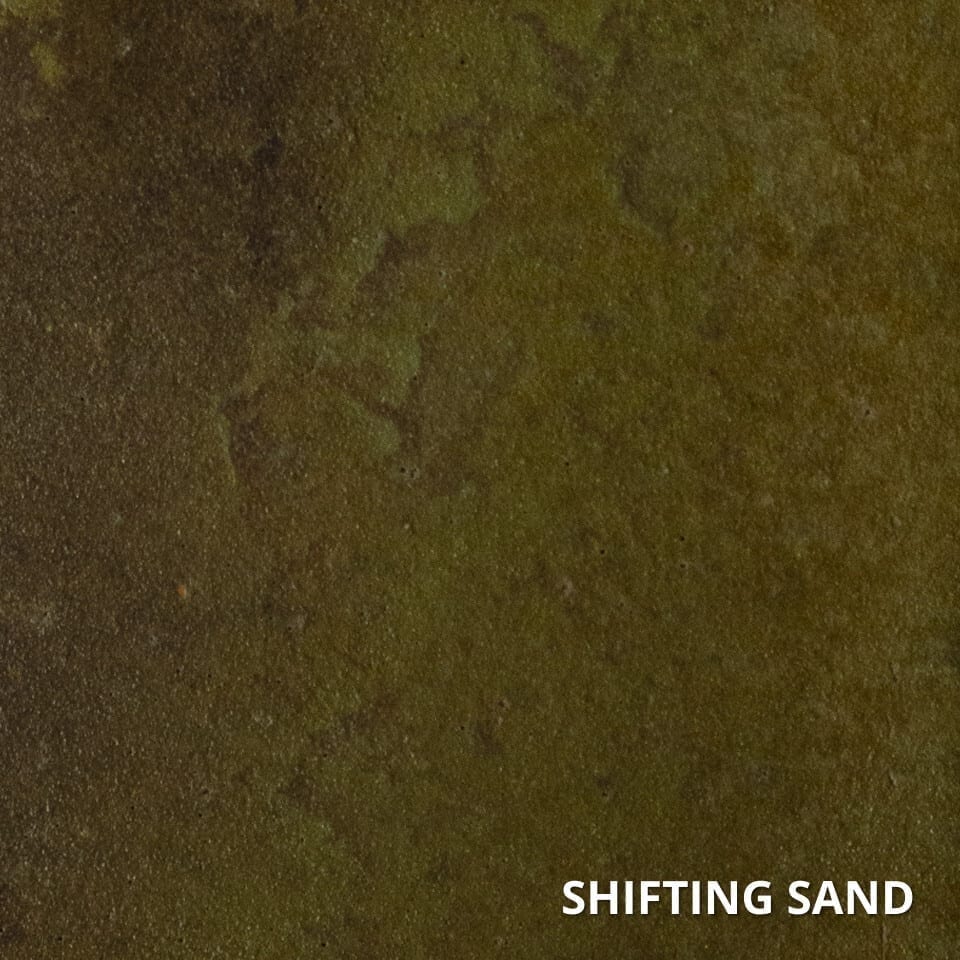
First Appearance of Color: Greenish Brown
Photo Gallery: Shifting Sand Image Gallery
Maximum Activation Time: 12 Hours
Minimum Activation Time: 4-6 Hours
Final Appearance: Olive Green with Reddish Brown Accents
Frequently Asked Questions
Yes! Unlike surface coatings, acid concrete stains chemically bond to concrete for a lasting effect. Once it’s applied (neutralized and sealed), your acid stain is in it for the long haul. That means no chipping, flaking, or peeling, even in high-traffic areas. EverStain acid stain is highly resistant to foot traffic, moisture, and UV rays, making it one of the most durable and resilient ways to permanently transform indoor and outdoor concrete surfaces.
Dull, chalky-looking colors are absolutely normal during the concrete acid stain activation process. Have no fear! The color you chose is in there. During activation, the stain’s colors aren’t fully visible. That chalky look is a residue of alkali and minerals, but there’s no need to panic. Make sure your stain has set for at least 4-6 hours. Then neutralize it and apply a protective concrete sealer to watch your true color pop!
When you acid stain concrete, you’re starting a chemical reaction to create permanent color changes. But this reaction doesn’t stop on its own! You have to neutralize it. Neutralizing is the stop button for the acid stain activation process. If you don’t neutralize, or leave your stain on for longer than 12-24 hours, the chemical process will keep going and overdevelop your colors unnaturally. You must, must neutralize your acid stain to stop the chemical process and restore the pH balance in your concrete in order to achieve your desired colors.
Acid stains need at least 4-6 hours to work their magic. The longer you let an acid stain activate, the deeper and darker your colors will become. How long acid stain takes to cure depends on the final color you want. Never leave an acid stain on concrete for longer than 12-24 hours! This can result in a more singular, solid color rather than variegated marbling.
- Minimum Activation Time: 4–6 hours
- Maximum Activation Time: 12–24 hours
Check the tabs above for individual concrete acid stain color activation times.
The best way to preview your acid stain’s final look, after it’s been on your concrete for at least 4-6 hours, is with plain water. Just splash a little water on the stain to reveal its true color. If you like what you see during the water preview, your stain is ready for neutralizing and sealing. It also helps to remember that sealing will add more depth and vibrancy to your final acid stain color.
Acid stain is a permanent concrete coloring solution, but we have lots of helpful color guides and resources to help you achieve the perfect acid stain application. If the color appears dull or seems off, start by checking the FAQ titled, “Why does my acid stained concrete look chalky before sealing?” Then check out some of these tips and tricks to help you reach results that will make you proud.
- If the color looks too light: Don’t worry—it will deepen after sealing. Make sure you’ve given your acid stain at least 4-6 hours of activation time on your concrete surface. If needed, you can overlay pre-sealed acid stain with ColorWave for further depth.
- If the reaction appears uneven: This is part of the organic nature of acid staining concrete. The marbled, mottled, and variegated effects make every concrete acid stain one-of-a-kind. Just don’t let your acid stain overprocess beyond 12-24 hours, or your colors may overdevelop unnaturally.
- If you forgot to give your acid stain its minimum activation time: Don’t seal yet! You can reapply your acid stain and try again. This time, let it sit for the required time—at least 4-6 hours. Then neutralize to stop and seal to lock in your desired color.
- If the color seems too intense: This usually happens when acid stain remains on concrete too long before neutralizing. Since concrete acid stain is permanent, you’ll need a topical, opaque overlay to adjust the look. Try Vibrance Dye for color correction. Or sand down to bare concrete to remove the overactivated stain. Then give it another go and double-check the color tabs above to find the ideal activation times.
- If you need extra help: Send us questions or pictures, and a concrete expert will follow-up within one business day with personalized guidance to help you through.
Remember, no two pieces of concrete are the same, so no two acid stained concrete floors will be the same. Embrace the differences that make your concrete unique and reach out if you need troubleshooting advice or expert guidance along the way.
Acid staining concrete is permanent, but a little routine maintenance over the years will keep it looking its best. Routine dusting and mopping help keep the surface clean, and resealing every 1-2 years enhances and protects its finish. To prevent dulling, always use a pH-neutral cleaner instead of harsh, acidic ones. For the best maintenance results, explore cleaning and sealing products specifically formulated for acid-stained concrete. With the right care, your acid stained concrete will age beautifully.
Proper activation times ensure acid stain develops its full color depth before neutralization and sealing. Direct Colors offers specially formulated products to optimize every step of the staining process and long-term care.
- ProClean Neutralizer—Stops the acid stain activation process, restores concrete pH balance, and prepares the surface for sealing. Neutralization is essential to achieving the correct final color.
- ProClean Degreaser—A pH-neutral cleaning solution that safely removes dirt, oils, and contaminants without damaging the stain or sealer. Ideal for maintaining acid stained concrete over time.
- EverSeal—A high-performance sealer that protects your concrete acid stain for years to come while delivering the truest color vibrancy.
You can find all of these best, most compatible products optimized to support precise acid stain activation times in our convenient EverStain Bundles.
Since no two slabs or pours of concrete are the same, there’s no way to predict how an acid stain will react with your surface. Starting with a trial kit is the safest, easiest way to find clarity and the results you want. Grab a free-shipping EverStain Trial Kit and test out the process first, before committing to a full-scale project. Give yourself and your concrete some grace by easing in with a trial kit. Test out a small area (or two!) first to see how your concrete reacts and takes the stain. Experiment with multiple colors. Explore how and when to neutralize. Experience the difference sealing makes. Expect a little uncertainty. It’s all part of the acid staining activation time process. Lean into it with a trial kit so you can start and finish with confidence!







